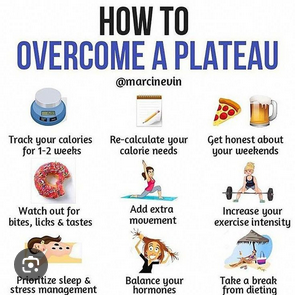Starting a weight loss journey can feel overwhelming, especially when expectations are set too high.
Many people aim for quick results, but the most successful plans are often steady, sustainable, and focused on overall well-being.
Setting realistic goals not only helps you stay motivated but also makes it easier to maintain long-term progress.
1. Focus on Small, Achievable Steps
Instead of aiming to completely change your lifestyle overnight, start with manageable changes. For example, adding more vegetables to meals, reducing sugary drinks, or walking for 20 minutes a day. Small goals create momentum and lead to bigger results over time.
2. Prioritize Healthy Habits Over Numbers
While the scale can provide feedback, it’s not the only measure of progress. Building habits such as regular physical activity, mindful eating, and balanced nutrition is more sustainable than focusing solely on pounds lost.
3. Set Timeframes That Make Sense
Healthy progress takes time. Setting a goal for gradual improvement—such as noticing better energy levels or fitting into clothes more comfortably—can keep you motivated without pressure.
4. Track Your Progress Thoughtfully
Keeping a journal, using a mobile app, or simply writing down your meals and activities can help you stay on track. Remember to celebrate non-scale victories, like improved mood, better sleep, or increased stamina.
5. Be Flexible and Kind to Yourself
Life happens, and not every week will go exactly as planned. Adjust your goals when necessary and focus on consistency rather than perfection.
Conclusion
Realistic weight loss goals are not about quick fixes—they’re about creating habits that support your health and happiness over time. By starting small, focusing on sustainable habits, and being patient with yourself, you set the foundation for long-term success.






